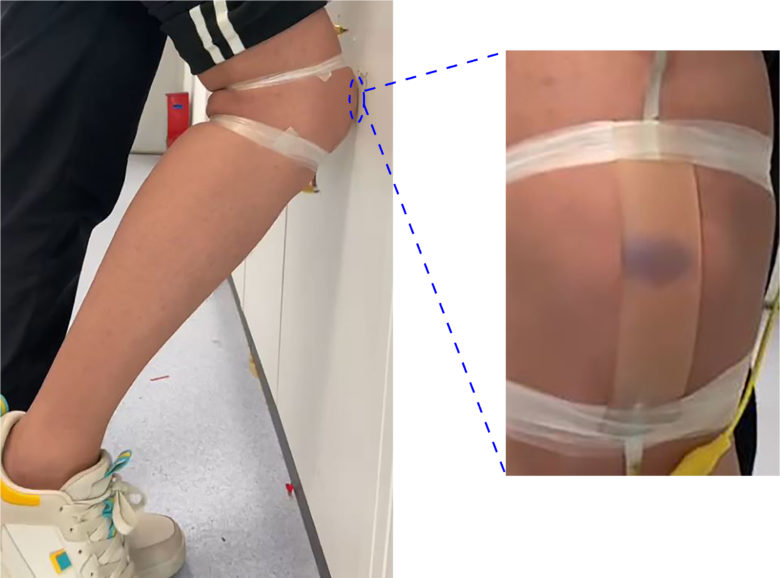Scientists develop bruisable artificial skin helping prosthetics, robots sense injuries

A group of Chinese scientists have developed artificial skin that senses force through ionic signals and also changes color from yellow to a bruise-like purple, providing a visual cue that damage has occurred. The new material provides more information about the damage and the robotized systems.
The artificial skin is made of a special gel that changes its color when pressed, imitating bruising. The hydrogel is transparent, stretchable and completely biocompatible. It contains a molecule, called spiropyran, that changes color from pale yellow to bluish-purple under mechanical stress. In testing, the gel showed changes in color and electrical conductivity when stretched or compressed, and the purple color remained for 2–5 hours before fading back to yellow.
Although there are many different types of e-skins that can sense stimuli, they are all based on sensing stimuli through electrical conductors. However, these are not always biocompatible, which can limit their use in some sorts of prosthetics.





























